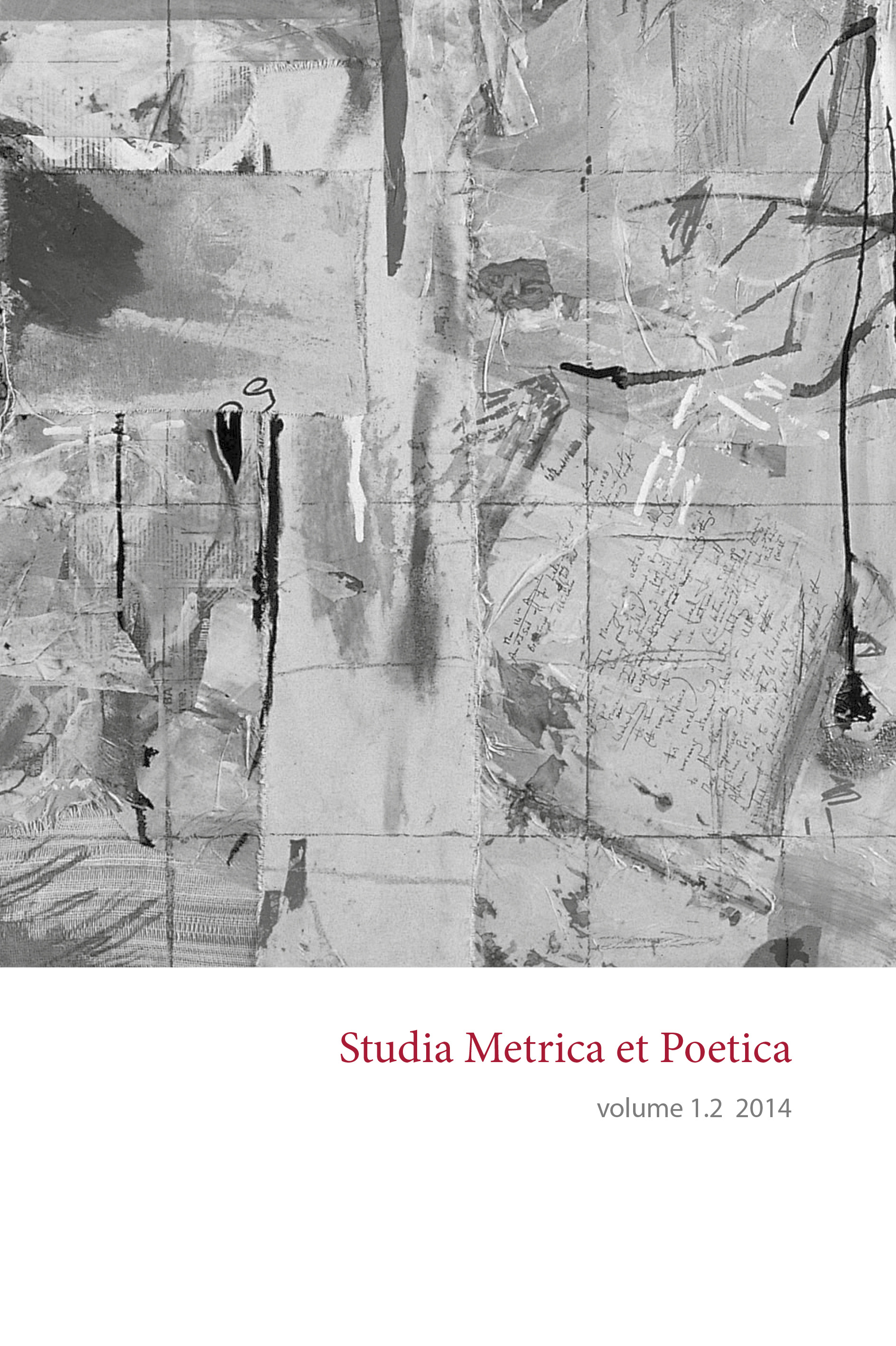Verse Forms as Bearers of Semantic Values
DOI:
https://doi.org/10.12697/smp.2014.1.2.05Keywords:
verse forms, metrics, versology, semiotics, semantic value, intertextual relationship, axiologyAbstract
Verse forms may be employed as bearers of semantic values. The present paper intends to show the richness of this resource in literary texts. The semantic values of particular verse structures are interpreted here in terms of the semiotic categories introduced by C. S. Peirce: as symptoms, symbols, or iconic signs. The basis for this kind of reflection is earlier systematic study of various verse forms and their linguistic morphology conducted by a group of Polish and Slavic researchers (as part of the Comparative Slavic Metrics programme).
The semantic value can be attributed to the fact that verse forms function as filters of various linguistic units. It is why the metrical organisation of a text determines its stylistic characteristics. A verse form may be employed and interpreted in many different ways; for instance, to represent the social status of the speaker or to differentiate between various literary genres. Many metrical forms perform an iconic function. Some semantic values are derived from the intertextual relationships of a poem. Verse structure may also be seen as a kind of author’s signature. It may also be employed to perform axiological functions.


